ARTICLE AD BOX
Emma Raducanu's coach Mark Petchey has said heavier tennis balls are among things affecting the British number two's attempts to rejoin the world's elite players.
Raducanu exited the French Open after being outclassed by five-time Grand Slam champion Iga Swiatek 6-1 6-2 in the second round on Wednesday.
The 2021 US Open champion is ranked 41st in the world and has won just one of her nine career matches against top-five players.
"From my point of view, it's tough on Emma as I still feel everyone is living in 2021," said Petchey, who has been coaching Raducanu in an "informal" arrangement since March.
"The games have changed massively," said Petchey.
And exaggerating to make the point about heavier balls, he continued: "The balls are four times heavier than back in 2021 and Emma isn't the biggest hitter out there.
"If you can't put the ball through the court on a windy, heavy clay court day against someone like Iga, you're going to get into all sorts of trouble."
Petchey, a former British number one, coached an 18-year-old Andy Murray for 10 months helping him break into the top 50 in 2006 and also trained Raducanu during the pandemic summer of 2020.
He is combining his coaching commitments with his work as a pundit for TNT Sports in their coverage of Roland Garros.
Petchey said: "Since I started helping Emma, I said she needs to start closing the gap between the best players.
"She doesn't need me to sit between 20-50 in the world and, if I'm not the best choice, she needs to find the best choice.
"My mantra to her has been that you are starting your career now. Everyone is judging you on what happened in 2021 but the reality is, I want to see you building a career here where people judge you in two years."
Raducanu has been without a full-time coach since Nick Cavaday stood down for health reasons in January.
The 22-year-old has previously worked with a number of coaches including Nigel Sears, Andrew Richardson, Torben Beltz, Dmitry Tursunov and Sebastian Sachs.
A number of tennis players, including Stan Wawrinka and Nick Kyrgios, have voiced their concerns over heavier and slower tennis balls in recent years.
Balls made by different manufacturers are far from identical and with tournaments free to sign their own contracts, players are forced to adapt to different kinds of balls throughout the season - even for the Grand Slams.
Slazenger balls have been used at the Wimbledon since 1902 while Dunlop supply the balls for the Australian Open. The French Open and US Open currently use balls made by Wilson.
Dunlop is also the official ball of the ATP Tour in a deal running until 2028.
Fluffy balls, which get increasingly heavy and slow, have become popular among the organisers to encourage longer rallies but many players believe they cause more frequent injuries.
However, there are strict regulations as to what balls can be used in professional matches.
According to the International Tennis Federation's rules, a ball used for the game must weigh between 56g and 59.4g. This has been the required weight range since 2000, when it changed from 56.7-58.5g.
Under the same rules, the maximum change in mass allowed during play is 0.4g.
The balls must also pass a number of other tests, including for size, deformation - how it changes shape during a match - bounce and durability.
The current acceptable range for ball diameter is 6.54cm to 6.86cm for a Type 2 ball. This specification last changed in 1966.

 17 hours ago
3
17 hours ago
3
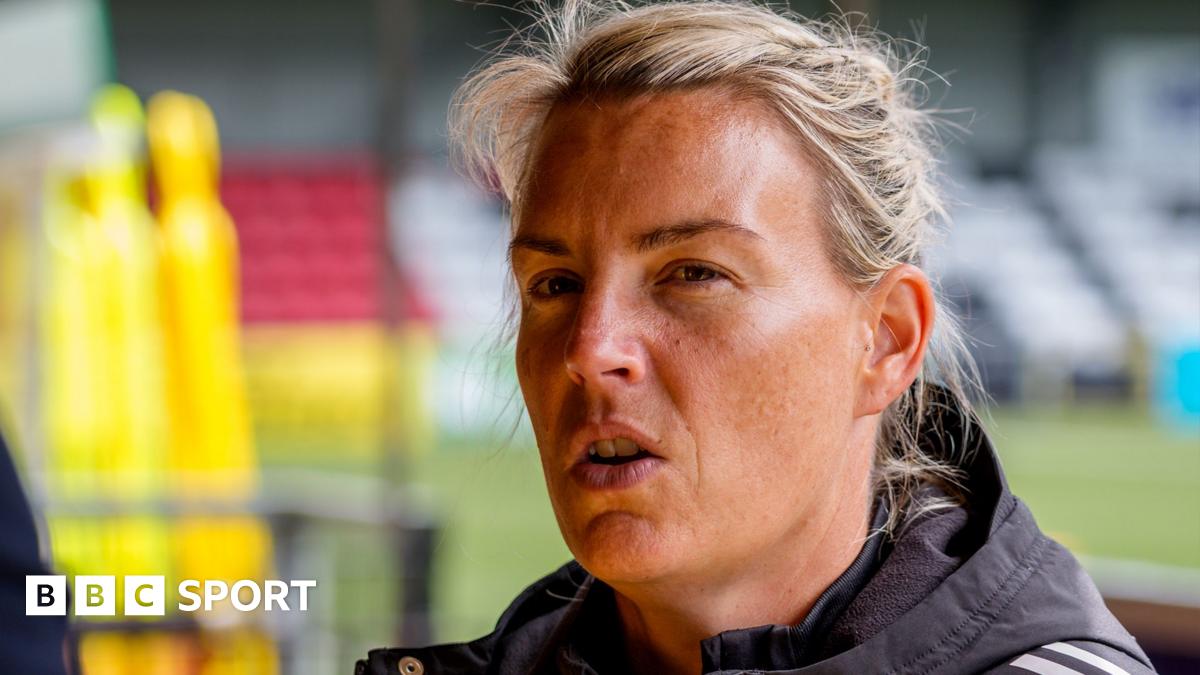
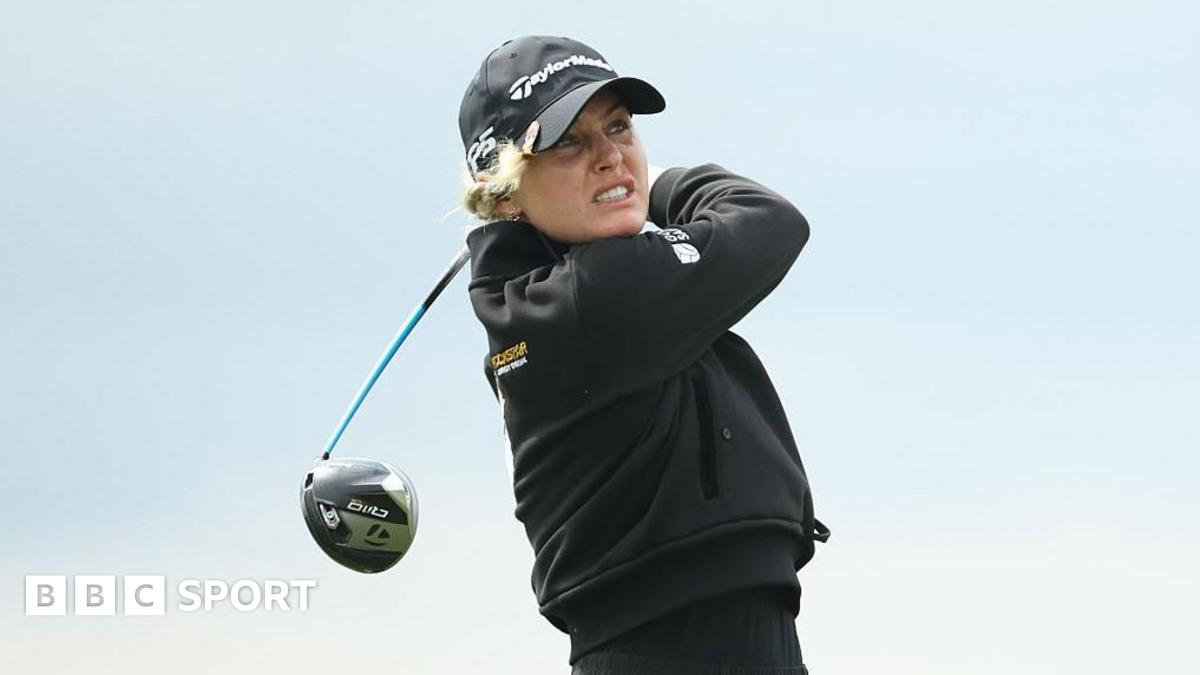

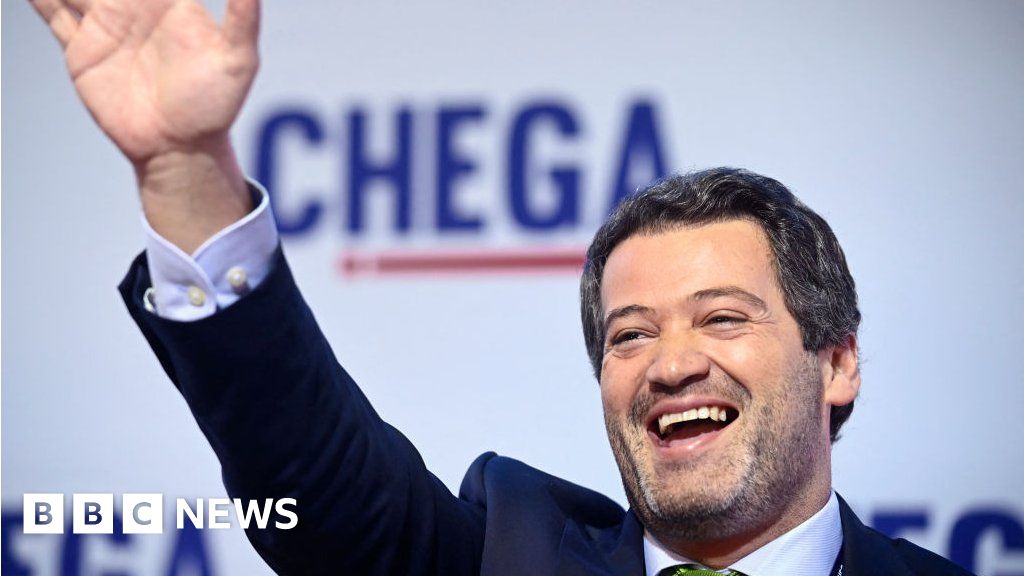
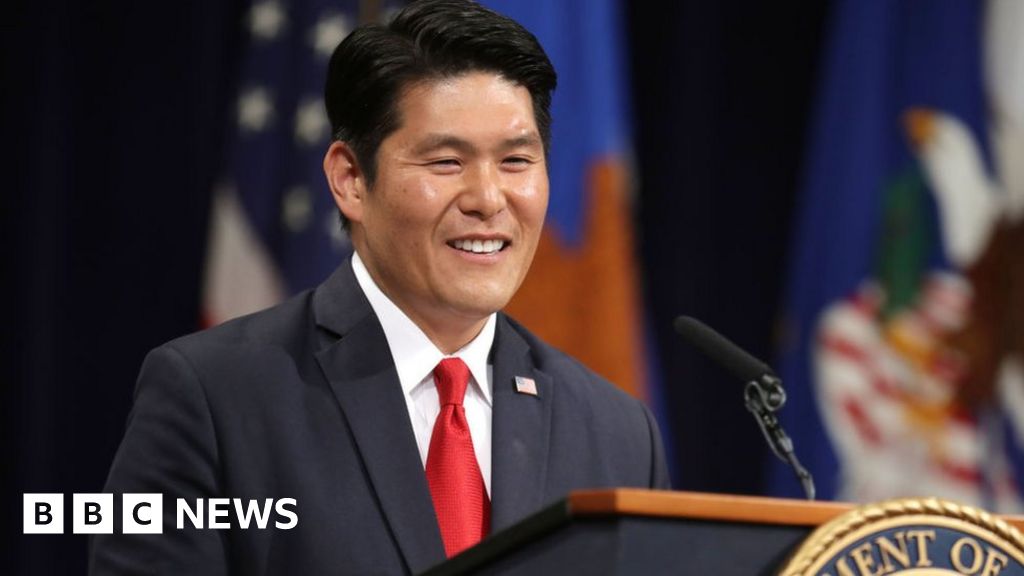
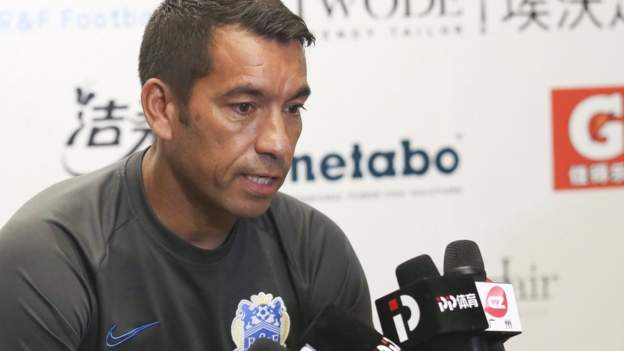

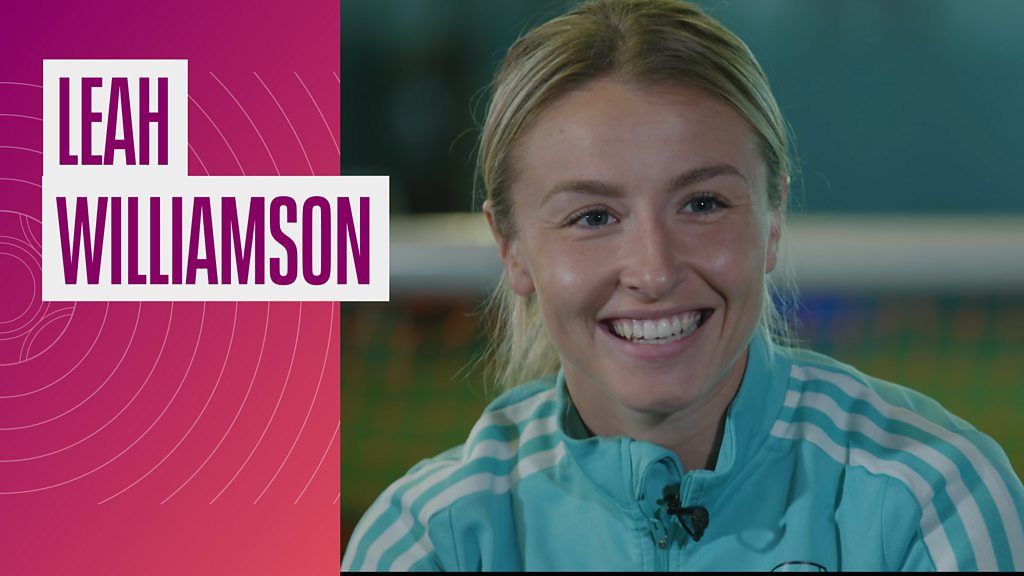
 English (US) ·
English (US) ·